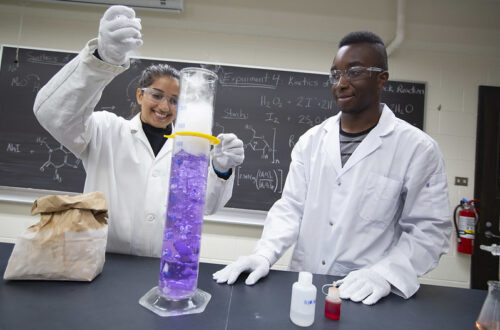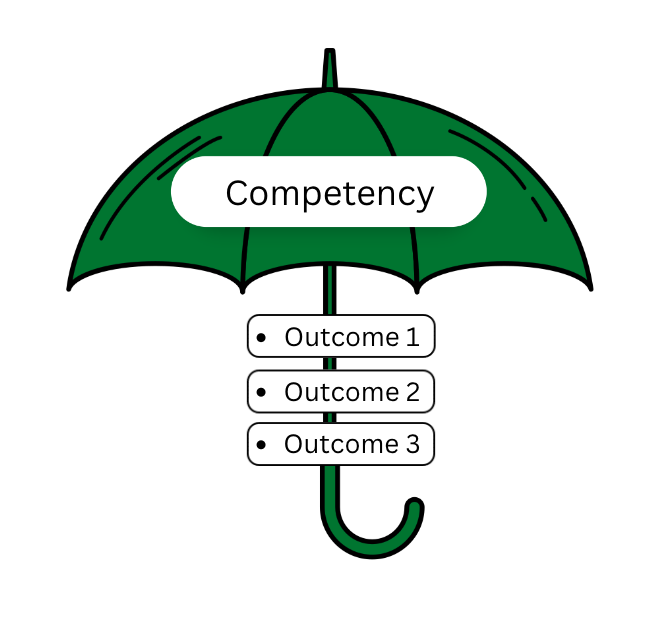Why Google Can’t Replace Good Teaching
By Carolyn Hoessler
The internet contains more facts, pictures and formulas than any human mind, yet we do not see it as “smart” and it can sometimes feel like we are stumbling in a jungle. Last year’s estimate placed it at 136 billion pieces of 8×11 paper and there are more pages now. In its amazing stack of human content, there are thousands of pages on each statistical test, recent political event, written work and human experience. No shortage of information. But “knowing” requires more than access to or repeating of stacks of information.
What separates a novice from an expert is the richness of details, meaningful connections, identification of significant features that differentiate and inform, and the overall complex organizational structure that tells us the relative importance of a given fact, the other relevant factors, and thus what page to choose among the thousands. Just watch a students’ first literature search (or walk through the library stacks), or my online search yesterday about downspout options.

Guided development of expertise, and having someone who “knows” describe the overall framework, highlight key features and reveal the decision making process is what is missing when we simply load a browser and hit search.
In order to be more to our students, than the internet or any repository of facts could be, good teaching is about modeling and build such expertise that shapes the essential ways of thinking and seeing the world that are the core of our disciplines.
We, as experts, teaching novices have the challenge of making what comes naturally to us as our usual mode of transportation, explicit, tangible, and possible for our students who are novices in our disciplines. How?
- Model the process of decision-making and analysis as explicitly as you can. Practice and ask a colleague from outside your discipline (or one of us in the GMCTE) to listen and ask why.
- Highlight the key distinguishing features, where you see them in the example, what they relate to, how you make sense of them, and what you now know and thus can decide or do.
- Show the overall framework of the area with its many connections, and refer to both the framework and the connections across specific topics, facts, authors, images, formulas, approaches, time periods and more.
- Draw on their own expertise and help link new material with existing connections by asking them to create their own maps, lists of steps or mnemonics
Resources on Novice & Expert
Academic Resource Centre, Duke University, Experts vs. Novices: What Students Struggle with Most in STEM Disciplines (summary) http://arc.duke.edu/documents/Experts%20vs%20Novices_STEMcourses.pdf
Ambrose, S., Bridges, M. W., DiPietro, M., Lovett, M. C., & Norman, M. K. (2010). How Learning Works: Seven Research-Based Principles for Smart Teaching. Chapter 2: How does the way students organize knowledge affect their learning? (pp. 40-65). San Francisco, CA.: Jossey-Bass.
Bransford, J.D., Brown, A.L., & Cocking, R.R. (2004). How People Learn: Brain, Mind, Experience and School. Washington D.C.: National Academy of Sciences.


